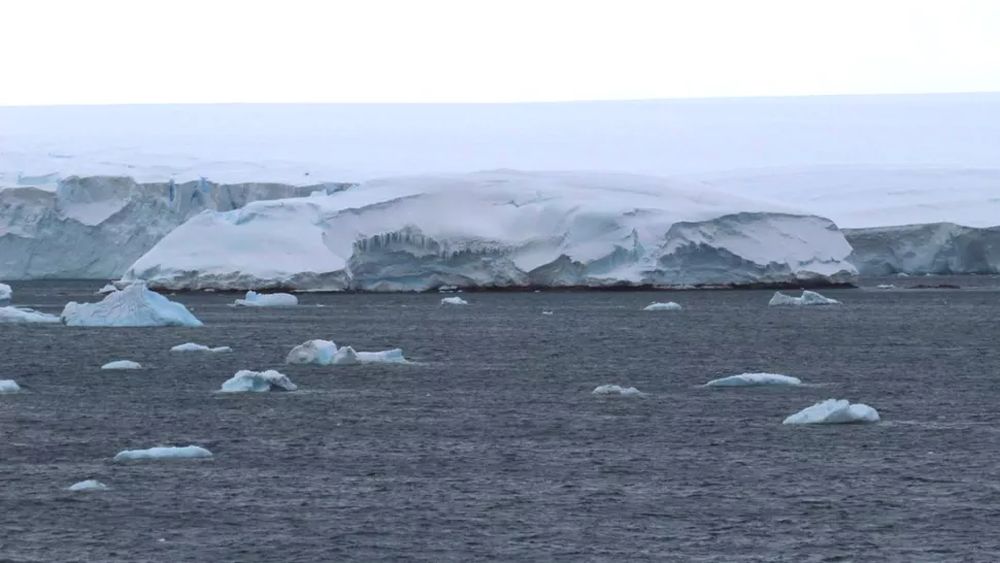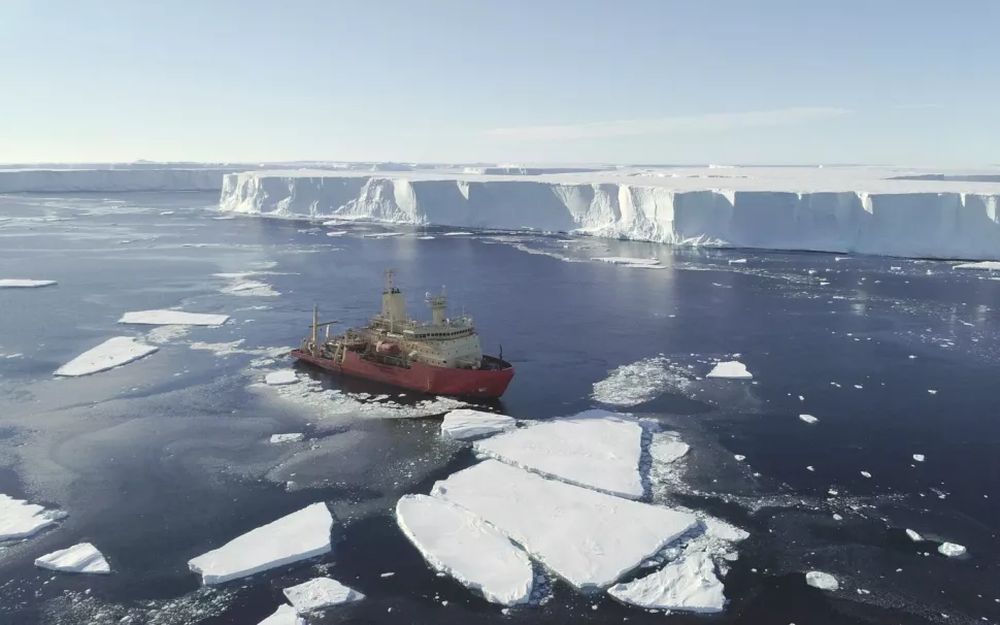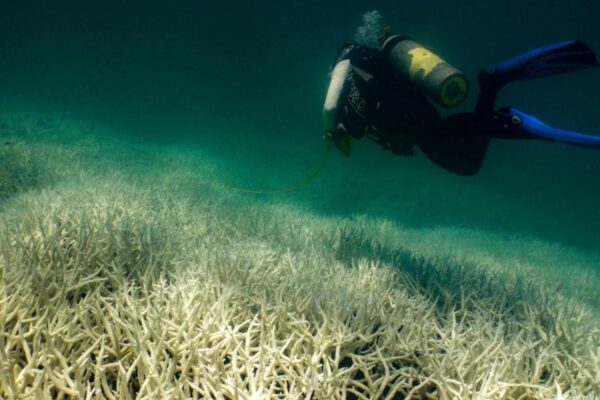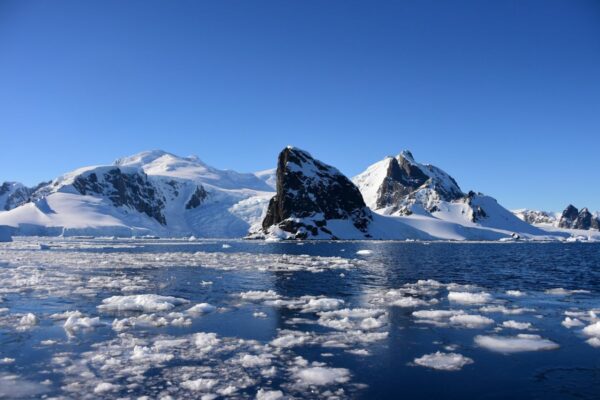Sea-level Rise Indicates the Crucial Ticking Climate Clock
The rapid sea-level rise over the past years indicates the cruciality of halting climate change, as it has surpassed the worst-case scenario. Depending on your location, the temperature can go up to 140 degrees Fahrenheit for more than a month. Even in public restrooms, you need to pay to use water.
It’s a mentally toiling to live in this world. People feel despair and resent the lack of action by previous generations. This is the worst-case scenario if we don’t take progressive action to slow down greenhouse gases to mitigate climate change.
The first paper, written by nearly 84 scientists, shared results of climate models that would shape the intergovernmental panel on climate change’s sixth assessment report. If countries follow the current committed action under Paris Agreement, the world’s average temperature may rise by 3 degrees Celsius by 2100.

Rapid sea-level rise indicates the cruciality of halting climate change which makes the next decade vital to control carbon emissions | Image: Gui Bortolotto
This temperature rise can induce about 10 inches of sea-level rise. But if the countries manage to halt the temperature rise by 1.5 degrees celsius as they plan to do now, the median sea-level rise can be halved by the estimated number.
But the second paper has a more worrying message. Led by glaciologists Rob DeConto and David Pollard, it looked specifically at how Antarctica would melt and the phenomenon is horrifying. The hypothetical phenomenon called marine ice-cliff instability will accelerate the demise of Antarctica.

Climate change and rising temperatures are threatening the existence of life on the planet | Image: Alex Mazur/British Antarctic Survey
The researchers are worried because with the oceans warming up, the ice cliffs can destabilize, entering a continuous loop that disintegrates the entire glacier in a matter of decades.
On a positive note, if the temperature rise is limited by 1.5 or 2 degrees Celsius, the ice-cliff collapse is unlikely to happen.
Also Read: New Study Suggests Glaciers Are Melting at a Faster Rate than Expected
However, if the temperature is increased by 3 degrees Celcius, the ice-cliffs can decay and abruptly intensify the sea level rise after 2060. That pace would be nearly 10 times more rapid than what Antarctica is contributing today.
In other words, the next ten years are one of the most crucial to redirect the progress of climate change. In this tight timeline, it is important to spend public funds on direct carbon-removal technology today.
Via: The Atlantic


